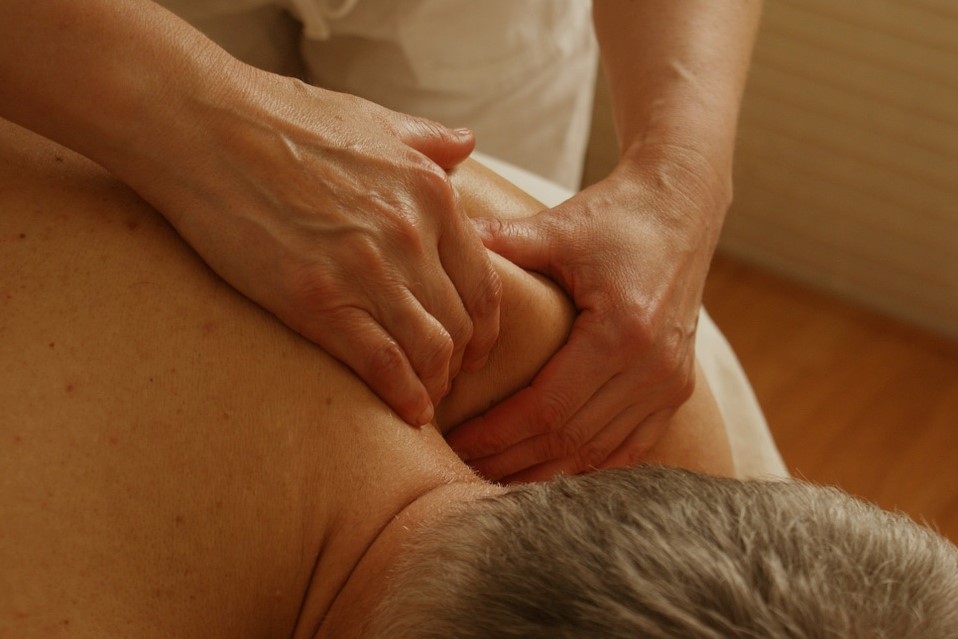
Chronic joint pain can range from minor to debilitating. It has many causes, with arthritis being among the most common, especially in older patients. Other causes of chronic joint pain include fibromyalgia, lupus, and osteoporosis. Fortunately, there are ways to at least reduce the pain or eradicate it altogether.
Avoid stressing the joint
Exercise and physical therapy actually benefit people with chronic joint pain, for they can strengthen both muscles and bones. High-impact exercises like jogging can actually make the pain worse, so stick to low-impact exercises like cycling or swimming. Do warm-up exercises before doing aerobic exercises or strength-training. There are many types of braces that help people with joint pain. Some immobilize the joint so it can heal, while others reduce pressure on the joint. Whatever your method, it’s important that you personalize your solution to your situation to properly avoid stressing the injury.
Try some home remedies
There is a variety of home remedies that can soothe sore joints. For example, Epsom salt contains magnesium sulfate that reduces inflammation and can be absorbed through the skin. Depending on the size and number of affected joints, add anywhere between half a cup of Epsom salt to two cups to warm water and soak the joint for 15 minutes. Olive oil can also relieve joint pain; you can take it orally or massage it into your joints twice a day.
See a doctor
If you’re still in pain after three days of using home remedies or over-the-counter medications, it’s time to call the doctor. You should also call the doctor if the pain is accompanied by swelling, redness, or warmth. You should call the doctor immediately if you injured your joint and can’t use it or notice such symptoms as visible deformity, sudden swelling, and extreme pain. A primary care physician can either provide treatment or refer you to a pain management doctor.
Seek professional pain management
Doctors who specialize in pain management take a comprehensive view of pain. They can perform diagnostic tests to identify its cause and offer a variety of treatments. They will start by taking a detailed physical history during which they will ask about the patient’s symptoms. They can then provide advice on ways to avoid stressing the joints. While they will often prescribe medications, they also offer non-medical treatments like physical therapy to prevent the patient from becoming addicted. They can perform surgery, but they view it as a last resort to be used only if the patient is in extreme pain and has exhausted all of the alternative treatments.
People with chronic pain don’t have to suffer. With the right doctor and treatments, they can vastly improve their quality of life.
Emma Sturgis
Recent Posts
- Castor Oil For Better Hair Growth: Is It Myth Or Fact?
- Exploring the Differences Between Sermorelin, Ipamorelin, Ibutamoren, GHRP2, and GHRP6: Understanding Their Role in Human Growth Hormone Regulation
- Unraveling the Mystery: Understanding the Causes and Prognosis of Ventricular Tachycardia Without Apparent Heart Disease
- Understanding Grandparents’ Rights in Oklahoma: Navigating Visitation and Legal Protections
- 10 Reasons to Consider Hypnotherapy for Your Health

